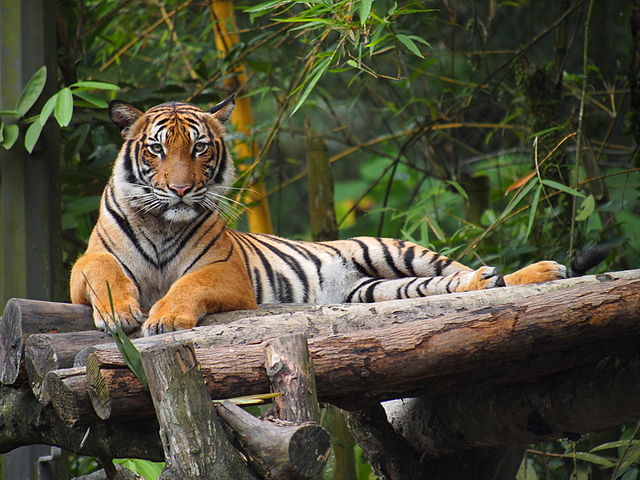 In just four months, COVID-19 has quickly spread throughout the world, reaching 210 countries and territories around the globe.
In just four months, COVID-19 has quickly spread throughout the world, reaching 210 countries and territories around the globe.
When it began spreading, researchers and scientists believed it could only spread from one human to another. However, last week at the Bronx Zoo, a four-year-old Malayan tiger named Nadia tested positive for the coronavirus. Her sister Azul, two other Amur tigers, and three African lions also showed symptoms, but all of them are expected to recover fully.
These are the first cases of COVID-19 that we have seen in animals. Even though the CDC confirmed that animals cannot give the disease to humans, zookeepers are still worried about their own welfare as well as the safety of their animals.
Keeping Apes Safe
It is unknown how this disease will develop in big cats such as lions and tigers because different species react differently to infections.
However, unlike other animals, ape DNA is very similar to human DNA and they are vulnerable to the same pathogens (pathogens are what make you sick) as we are. A few examples of great apes are gorillas, bonobos, and chimpanzees from Africa and orangutans from Southeast Asia.
Although we do not know if apes can actually get coronavirus, some groups are susceptible to respiratory illnesses, and it is important to take caution. To be safe, ape sanctuaries and gorilla tourism have been closed to the public. Apes are also social distancing from each other, and it is recommended that humans stay about 10 meters (32 feet) away from apes so that we can social distance from the animals.
Infectious disease is one of the top three threats to some great ape groups, and COVID-19 could be lethal for species that are already endangered. Let’s hope that research can be done quickly and that this disease can be contained soon!
Sources: BBC, NYPost






